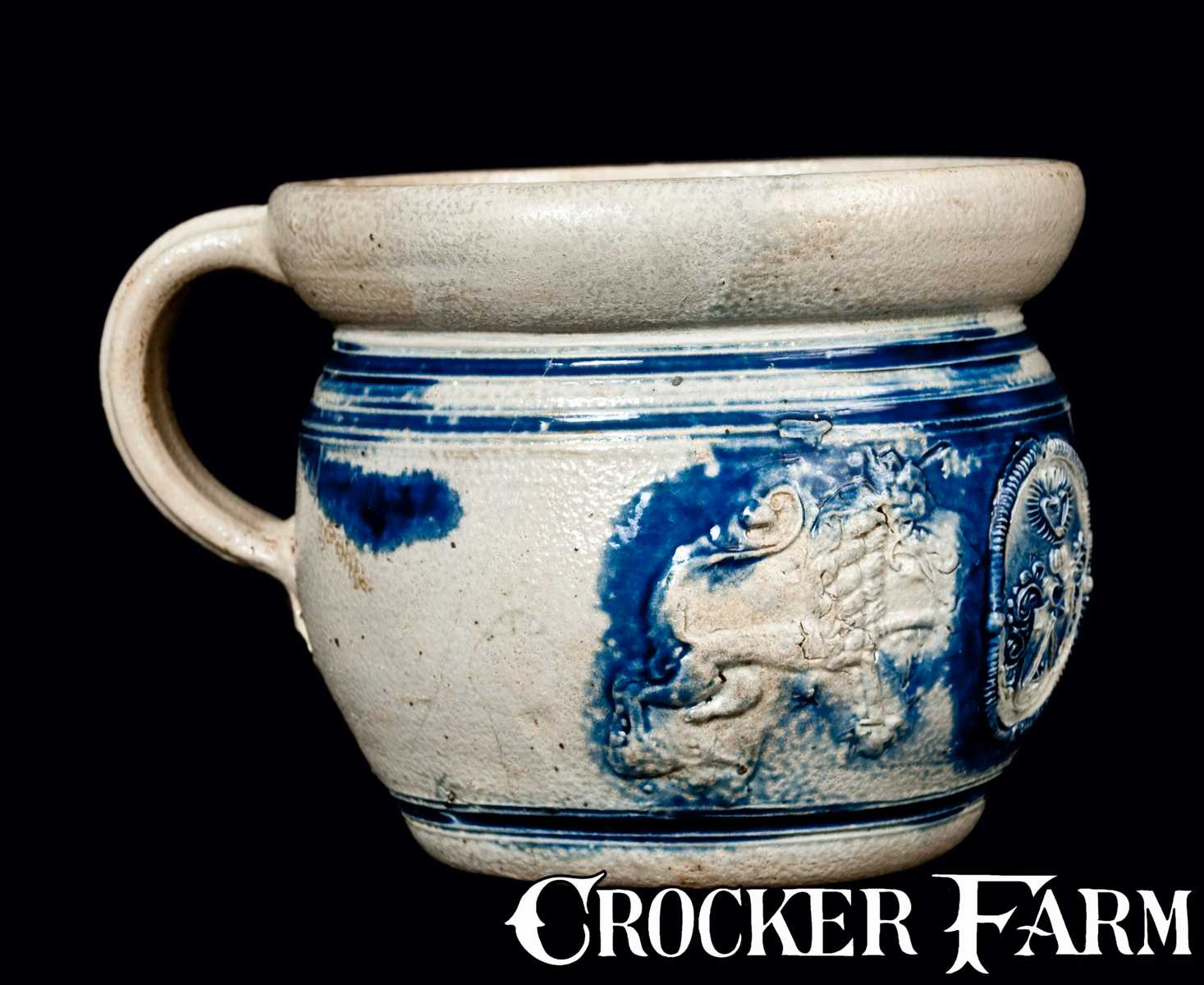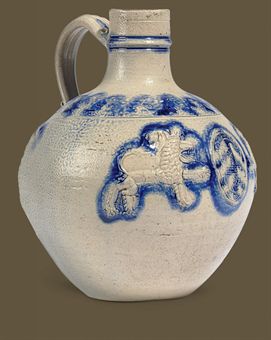It was rather bizarre, mudlarking
as snowflakes glided down. As I scoured the upper bank suddenly a tall guy
whooshed down the stairs towards me, turning sharply to clamber up to search the section of wall he was looking for,
‘found it’, a geocacher delighted with another kind of find.
Deborah joined me half an hour
in, for her first mudlark. Find of the day was so good, it’ll have a post all
of its own, when I’ve had a chance to get back to its roots.
An early find was this rather
fine medieval shard, picked up because of its incisions. Looking at it side on,
I worked out it is probably the bottom of a strap handle attached to a jug. There
are three small indentations on the glazeless reverse, which fit the tips of my
fingers perfectly, where the likely female potter had strengthened the body of
the jug as she smoothed and merged the handle 500+ years ago.
 |
| Mudlarking Find: Section of strap handle |
 |
| Side view of handle showing diagonal join |
 |
| Reverse showing three finger indentations |
Previous white clay handles I’ve found before have been
stabbed’, as described in this previous post. I suspect the
incisions mark where the handle began to break away from the base and as with
stabbing had two functions, decorative and prevented the clay from fracturing
by enabling water to be released from the thicker sections of the jug as it was
fired. It could well be Surrey whiteware produced 1240 – 1500, but I’ve failed
to find a jug from these medieval pottery producing areas which has similar
slashes – so perhaps it is from somewhere else? I wonder if it came from a
one of these lovely baluster jugs.
 |
| Kingston ware Baluster Jug 1240 - 1360 (British Museum) |
This next piece is only 300+
years old. When I picked it up, I could see the bubbly relief bits and
suspected they belonged to a Westerwald animal. It took me ages to work it out
when I got home. As I look at it now it all seems rather obvious. A lion, its
bush ended thin tail on the top left swishing into the cobalt blue. Beneath its
body. The blobs are its mane, his face badly rendered but you can make out the
crescent of its mouth swallowing the blue, with a single sharp tooth top and bottom.
 |
| Mudlarking Find: Westerwald Rampant Lion |
It’s likely he is one of two
lions who supported a large medallion on the front of an imported German Westerwald
chamber pot, popular for over 100 years, between 1630s – 1750s. Alternatively
he could have been doing the same thing on a jug. Amusingly these animals seem to be referred to as 'rampant' in the antiques trade.
 |
| 17th C Westerwald Camber Pot (Croker Farm) |
 |
| Westerwald Salt glazed Jug 1656 (Christies) |
Another pressed copper alloy
button, this time with the inscription O
H ? Attneave Farringdon St EC. My google searching got me only so far, an
existing street near Farringdon Street was renamed Attneave Street in 1895
probably after Alfred Attneave a Clerkenwell vestryman according to one
source. Alternatively it could refer to a company name, in the census of 1881
there were 5 people with the surname Attneave in Clerkenwell.
 |
| Mudlarking Find: Copper Alloy Button |
The Georgian mudbank is giving up
quite a bit of red stoneware at the moment. This time a rather fine teacup
handle. It wasn’t until 1750 that teacups were produced with handles and red stoneware
reached its popularity between 1750-1760, so reasonable to assume it’s from
around this time. Quite possibly from Staffordshire whose potters were
producing copies of the popular Chinese Yixing red stoneware teapots which were
first imported to Britain in 1669. Covered in an earlier post on Rosso Antico
 |
| Mudlarking Find: Red Stoneware teacup handle |
I haven’t bothered to pick up the
bakewell tart like Staffordshire Combed Slipware for ages, but this large, big
as your hand piece was just too yummy.
 |
| Mudlarking Find: Staffordshire Combed Slipware 1690-1830 |
A large piece of what I assume is
English porcelain was also swishing about in the low tide, perhaps Worcester or
Caughley but I can’t find a pattern match.
 |
| Mudlarking Find: English Porcelain |
Other finds are chucked together
below, the usual mixture of slipware, hand painted pearl ware, Chinese export
porcelain, delft, transferware, banded ware, white salt glaze, and yet more sections of clay pipes with makers initials either
side of their feet, this time P/S and
W/W.
 |
| Mudlarking Finds: The rest. |
Our morning was finished off with a cup of tea and cake in the Tate restaurant where we shared our finds. Our view couldn't have been more spectacular looking across to St Pauls through the falling snow. The cold hadn't put Deborah off and she's keen to come down again, although I should remember Deborah can deal with anything, even her broken rib on this trip. Off with the boots and on with the shoes with just enough time to walk along the Southbank, over Westminster Bridge for a meeting in Whitehall I had to attend on my day off. As we were ushered in to a room to wait to be summonsed, had just enough time to pull out a few of my treasures to show my colleague, amused by the juxtaposition.













No comments:
Post a Comment